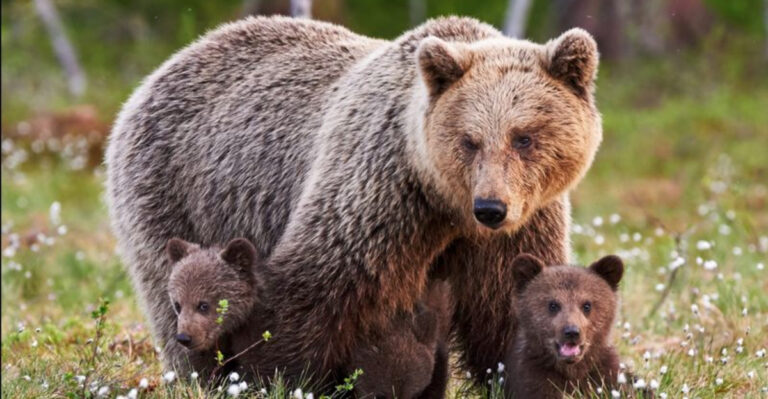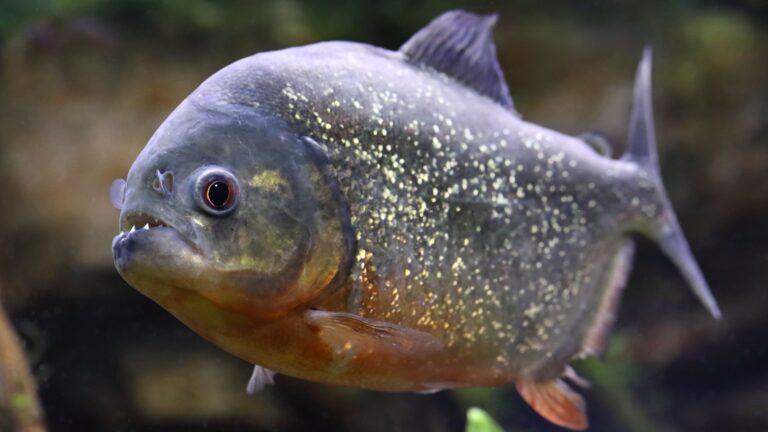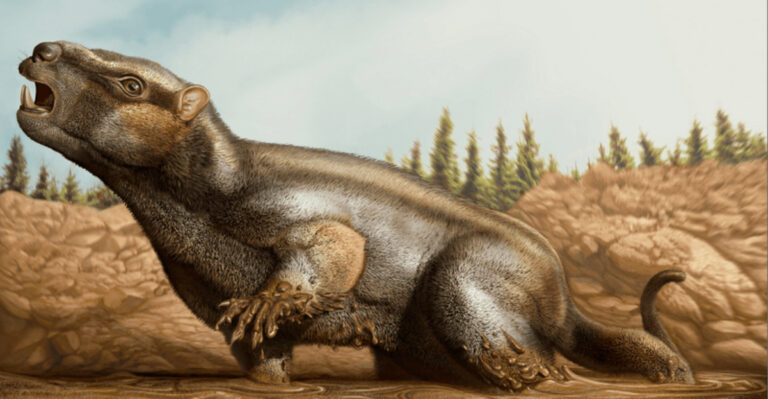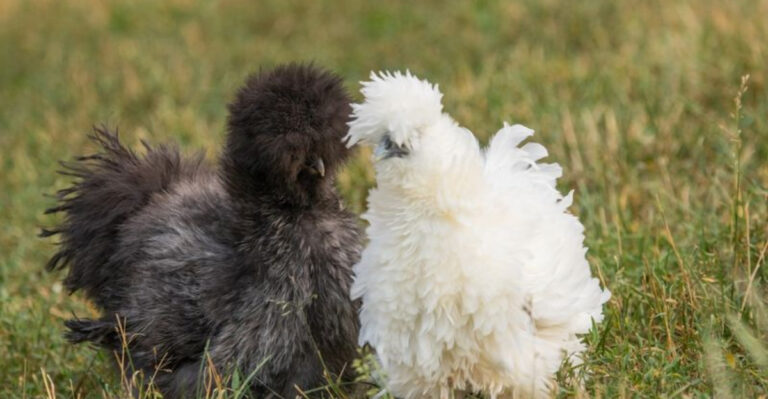14 Amazing Creatures That Live Only On Islands
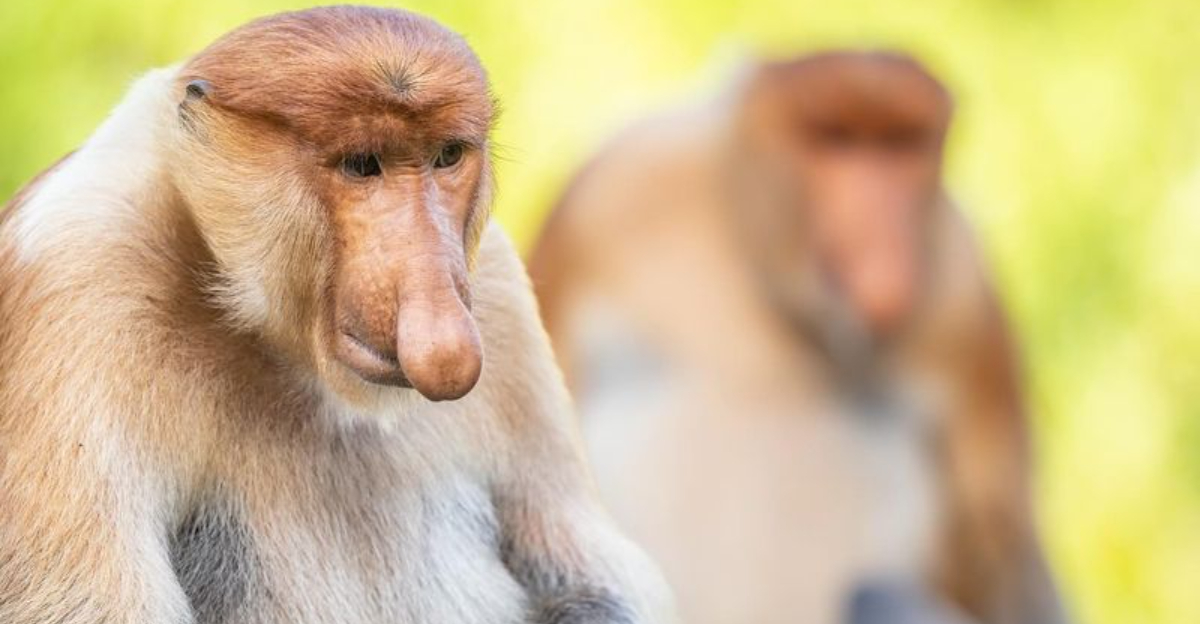
Islands are nature’s laboratories, creating perfect conditions for unique animals to evolve in isolation. These secluded paradises have produced some of Earth’s most extraordinary creatures found nowhere else on the planet.
From tiny reptiles to fuzzy mammals with bizarre adaptations, these island-dwelling animals showcase evolution’s incredible creativity.
1. The Punk-Rock Iguana Of Fiji
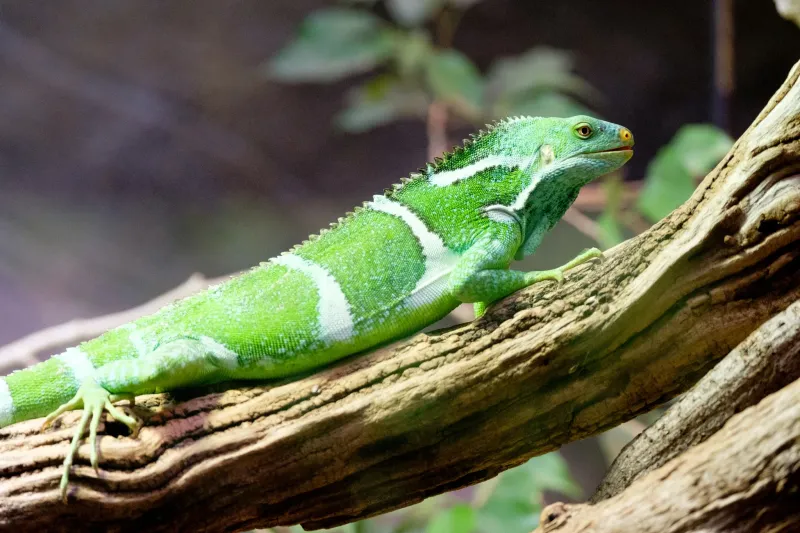
Sporting a mohawk-like crest that would make any rock star jealous, the Fiji crested iguana glows with an electric green brilliance against black bands.
Discovered only in 1979, these rare reptiles inhabit just a handful of islands, feasting on flowers and fruits in the forest canopy. Sadly, fewer than 5,000 remain in the wild.
2. Madagascar’s Finger-Tapping Lemur
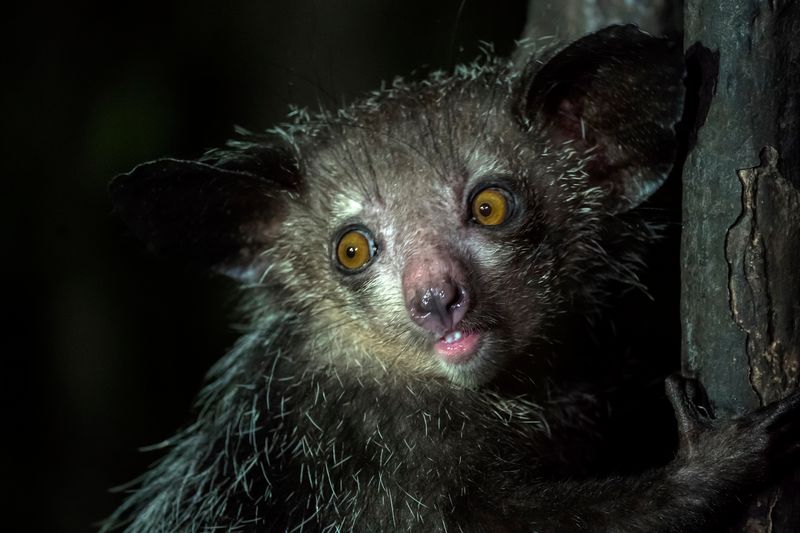
Tap, tap, tap! The aye-aye uses its unnaturally long middle finger to find hidden grubs inside trees, filling the woodpecker niche on Madagascar. With bat-like ears and glowing orange eyes, locals once believed these nocturnal primates were omens of death.
Their bizarre appearance masks an intelligent creature that’s perfectly adapted to its unique ecological role.
3. New Zealand’s Night Parrot
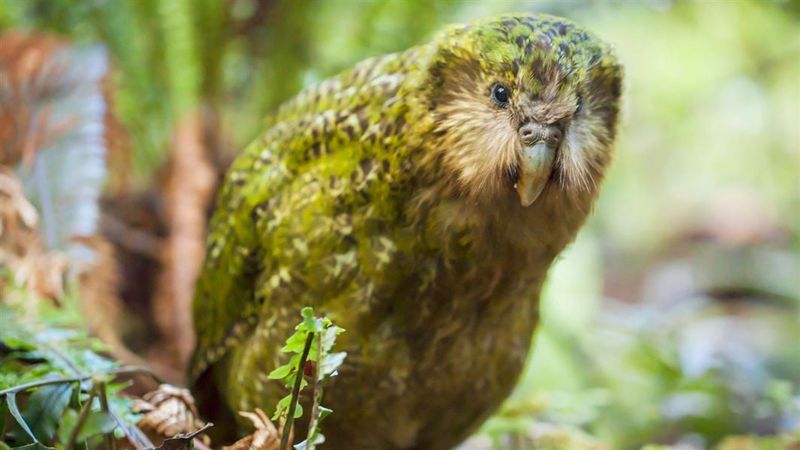
Chubby, flightless, and absolutely adorable, the kakapo breaks all parrot rules. It’s the world’s only nocturnal and flightless parrot, with a distinctive booming call that echoes through New Zealand forests. Males dig bowl-shaped depressions to amplify their mating calls.
With fewer than 200 individuals remaining, every kakapo has a name and dedicated human guardians.
4. Komodo’s Living Dinosaurs
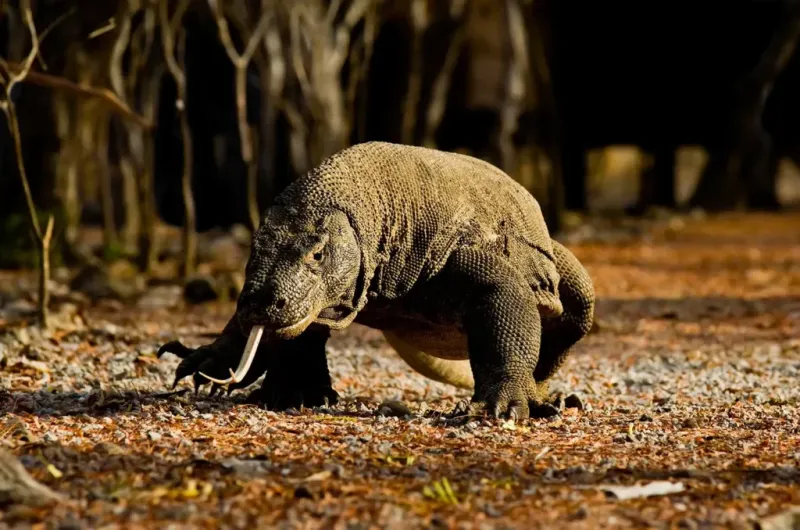
Armed with bacteria-laden mouths and venomous bites, Komodo dragons are the ultimate island predators. Growing up to 10 feet long, these Indonesian giants can devour 80% of their body weight in one sitting.
Unlike other lizards, they engage in complex social behaviors and can recognize individual human keepers. Females can reproduce without males when necessary—a survival superpower!
5. Sri Lanka’s Purple-Faced Lounger
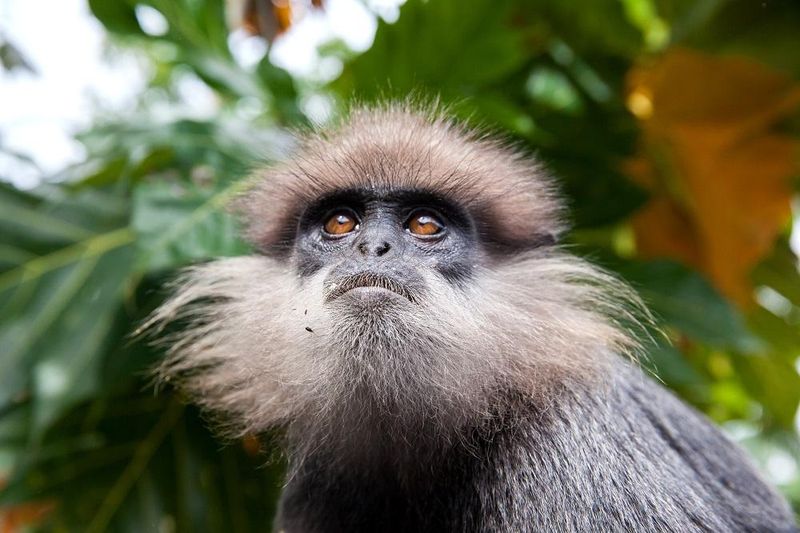
Imagine a monkey with a purple mask, white beard, and a permanently grumpy expression. That’s the purple-faced langur of Sri Lanka!
These leaf-eating acrobats communicate through loud whooping calls that can be heard over a mile away. One subspecies has adapted to city life, raiding urban gardens and occasionally shocking tourists by jumping onto hotel balconies for breakfast.
6. Tasmania’s Devilish Character
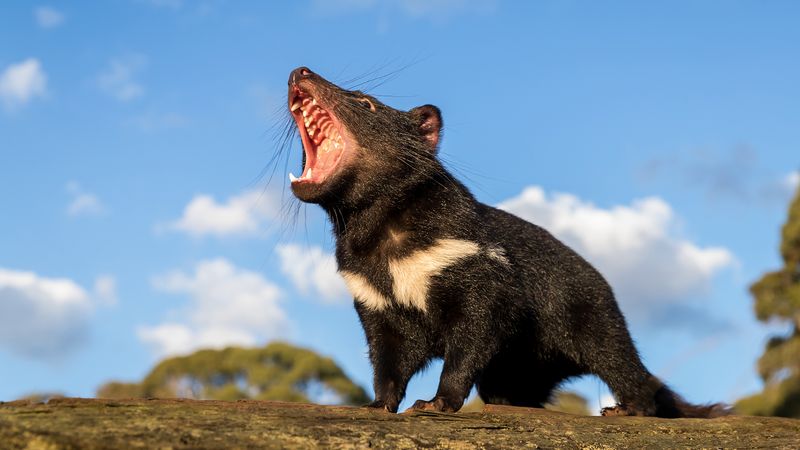
Famous for their bone-chilling screams and ferocious feeding frenzies, Tasmanian devils pack surprising strength into their stocky, dog-sized bodies. Don’t let cartoon portrayals fool you – these marsupials can crunch bones with jaws stronger than many predators four times their size.
They’re currently battling a contagious facial cancer, making conservation efforts crucial for their survival.
7. Galapagos’ Pink Land Dragons
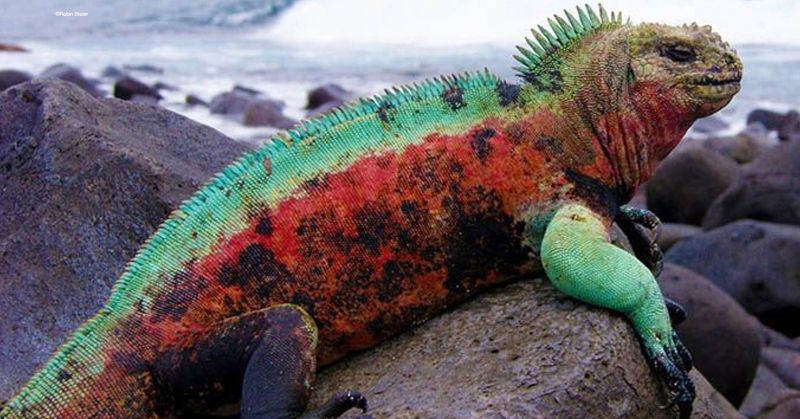
With rosy blushes spreading across their faces and bodies, marine iguanas on Española Island transform during breeding season. Unlike their darker cousins on other Galapagos islands, these “Christmas iguanas” turn bright pink and green.
They’re the world’s only seagoing lizards, diving up to 30 feet deep to graze on algae. After swimming in cold ocean currents, they perform distinctive push-ups to warm themselves.
8. Hawaii’s Happy-Face Spider
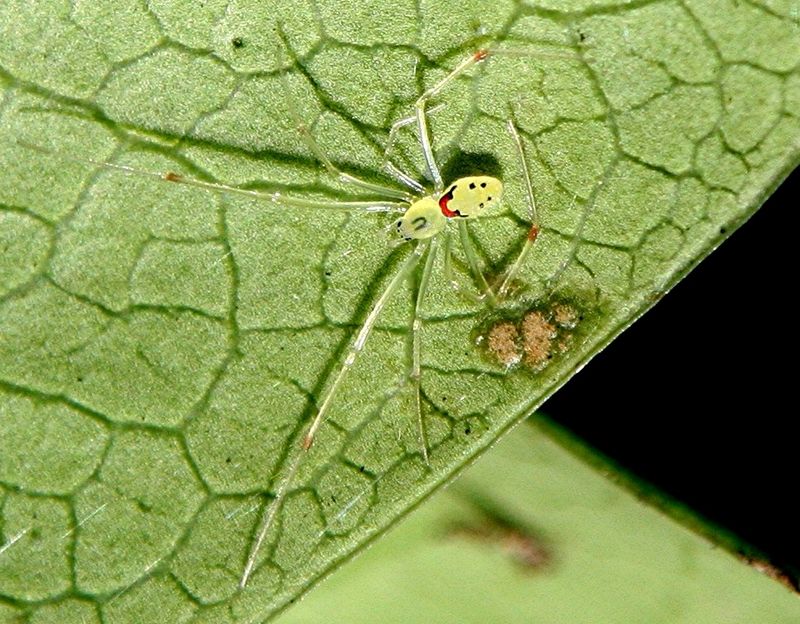
Imagine finding a spider with a smiley face painted on its back! The Hawaiian happy-face spider sports a yellow abdomen with black markings resembling a cartoon smile.
Each isolated Hawaiian valley has its own unique pattern variants – some with frowns, others with Picasso-like abstract designs. These tiny arachnids (smaller than your pinky nail) hide under leaves during the day, revealing their cheerful patterns only at night.
9. Philippines’ Flying Lemur That Doesn’t Fly
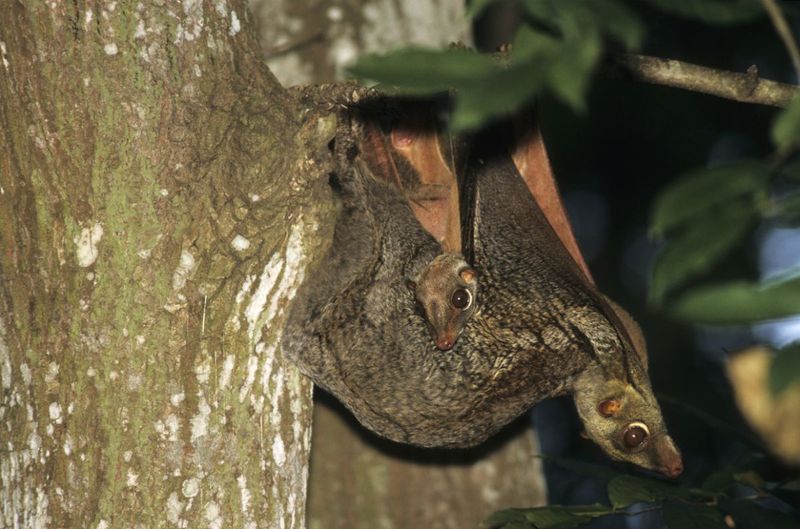
Despite its misleading name, the Philippine flying lemur neither flies nor is a true lemur! This gliding mammal can soar nearly 200 feet between trees using the skin flap stretching from its neck to tail.
Mothers carry babies on their furry gliding membrane like a built-in hammock. When not gliding, these shy creatures hang motionless on tree trunks, their mottled fur providing perfect camouflage.
10. Borneo’s Proboscis Problem-Solver
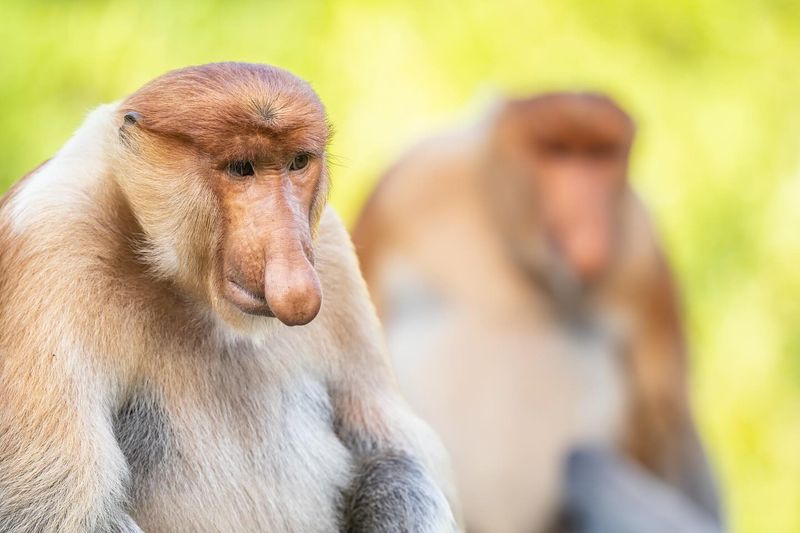
With a nose that would make Pinocchio jealous, male proboscis monkeys sport pendulous noses that can grow larger than their hands!
These excellent swimmers often cross rivers by diving from trees and swimming underwater to avoid crocodiles. Their potbellied appearance comes from complex stomachs that ferment leaves, making them look perpetually pregnant regardless of gender.
11. Mauritius’ Pink Pigeon Comeback

From just nine birds in the 1990s to over 400 today, the pink pigeon represents one of conservation’s greatest success stories. Sporting pale pink plumage with a dark pink beak and feet, these birds were nearly wiped out when humans arrived on Mauritius.
Unlike their famous extinct cousin the dodo, pink pigeons received intensive conservation attention just in time, pulling them back from extinction’s edge.
12. The Thorny Devil Of Australia
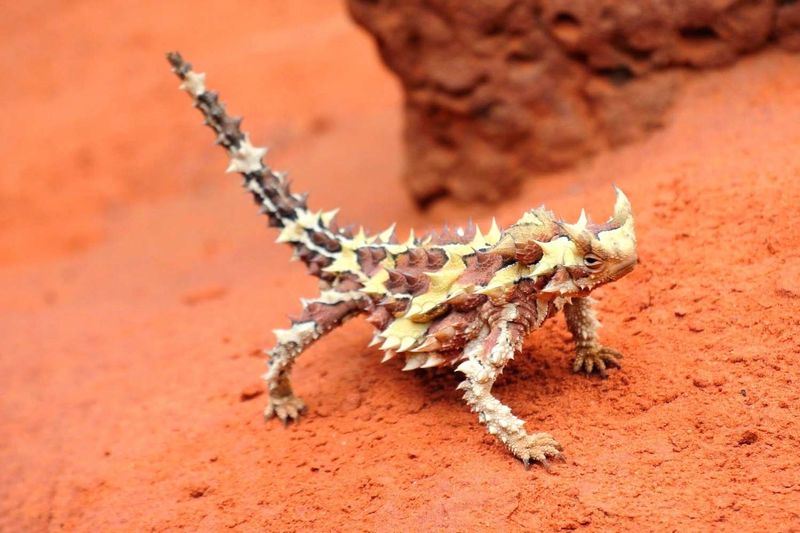
Covered in spiky armor and looking like a miniature dragon, the thorny devil prowls Australia’s desert islands with a serious sense of style. Its false head confuses predators, while tiny grooves between its scales channel water straight to its mouth – perfect for dry, sandy habitats.
Movement is a slow, jerky strut that’s oddly hypnotic to watch. Despite the tough exterior, this lizard is a harmless insectivore with a taste for ants and an unforgettable look.
13. The Axolotl Of Mexico’s Canals

With a permanent smile and feathery gills that look like underwater fireworks, the axolotl seems straight out of a fantasy novel. Native only to Mexico’s ancient Xochimilco canals, this quirky amphibian can regrow entire limbs – and even parts of its heart and brain.
Unlike most amphibians, it never undergoes full metamorphosis, staying in its youthful, aquatic form forever. Scientists and salamander fans alike can’t get enough of this adorable, glow-eyed oddball.
14. The Dancing White Lady Spider Of Namibia
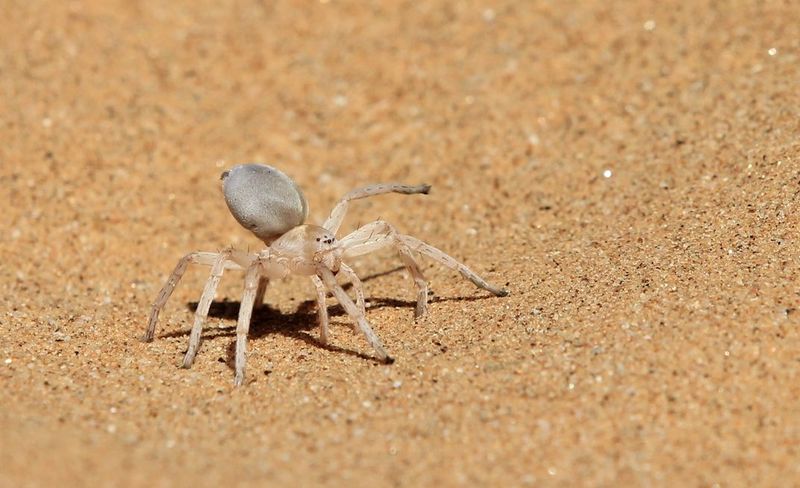
With legs that can stretch twice the length of its body, the dancing white lady spider performs acrobatic spins across Namibia’s desert dunes. When threatened, it tucks into a ball and cartwheels downhill at lightning speed – a move worthy of an action movie.
Its pale coloring blends perfectly with the sand, making it nearly invisible when still. Despite the dramatic name, this elusive spider is more elegant escape artist than menace.


